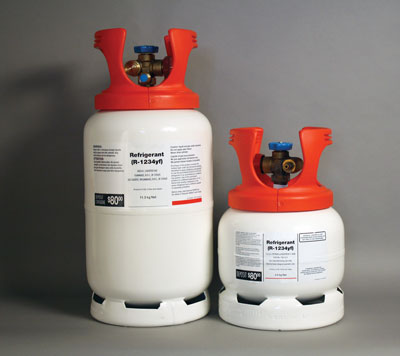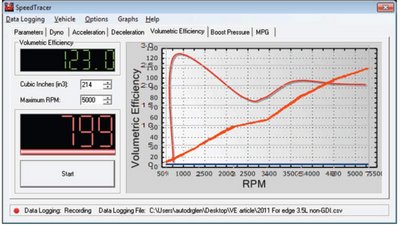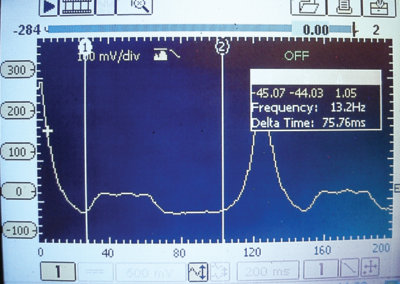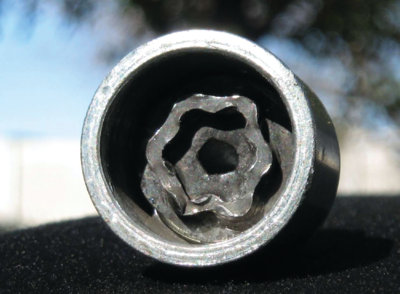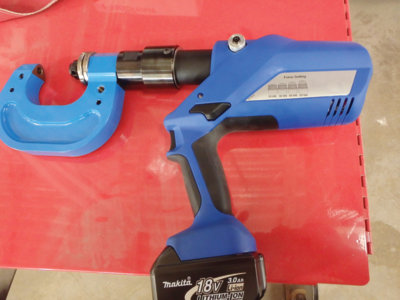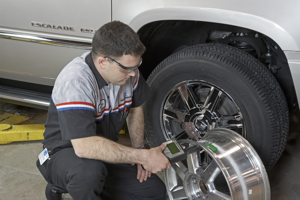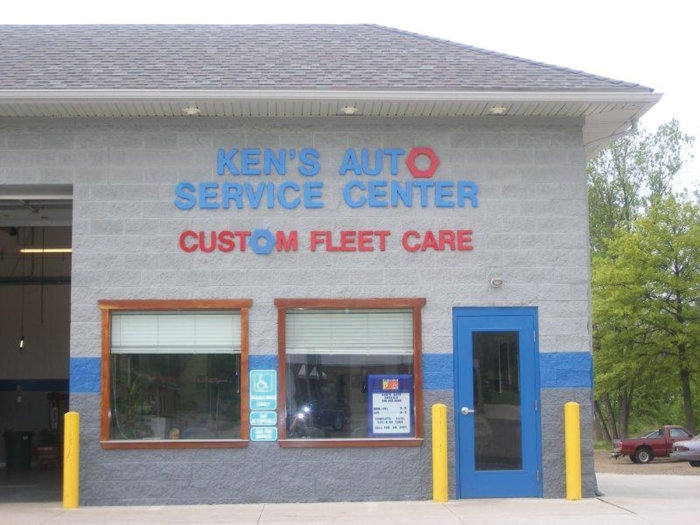Common troublesome transmission conditions such as chuggle – a glitch, roughness, or hesitation – and slippage are concerns of the past, thanks to ACDelco’s new Electronically Controlled Capacity Clutch, or EC3.
A vehicle’s drivability can be impacted by the powertrain’s performance: the engine and transmission, working in concert with each other, to help provide a comfortable, smooth and responsive ride. The lockup converter clutch provides a direct mechanical coupling between the engine and transmission. Historically, operating this converter clutch could be done only at limited engine speeds; otherwise the vehicle could experience Noise, Vibration and Harshness (NVH).
The EC3 technology – patented by GM and released under the ACDelco brand name – expands the operating window of the converter clutch by controlling the clutch. The engine and transmission can slip relative to each other in areas where full lock up was not previously acceptable from a NVH standpoint. And, by allowing this partial “lock up,” driveline efficiency improves, resulting in enhanced fuel economy.
“Our customers have been asking for this technology and we’re proud to be able to bring it to market,” said Chris Thomas, GM Parts Powertrain Business Line manager. “While our competitors have similar offerings, ACDelco’s EC3 technology is industry-exclusive because it’s produced for Original Equipment (OE) GM applications only.”
ACDelco is launching 10 new torque converter pressure plate assembly part numbers; eight include the EC3 technology. Applications include select 1997 model year and newer GM cars and light-duty trucks.
ACDelco’s EC3 clutch is made from a special GM-patented friction material that allows the converter clutch to continuously slip so drivers don’t feel the converter clutch engaging. In addition to helping to eliminate chuggle, EC3 helps improve fuel economy.
Technicians and shop owners can realize EC3‘s benefits, too. While some competitors’ offerings are made from friction material that could potentially overheat, ACDelco’s EC3 material – in conjunction with the vehicle’s on-board computer – helps eliminate overheating. This results in a more durable transmission and can help build loyalty by reducing comebacks and enhancing customer satisfaction. Installation is made easier, too. The new torque converter pressure plates include the spring pack assembly. The EC3 friction material is already bonded to the pressure plate to OE specifications, helping to reduce errors and to save technicians valuable time otherwise needed to bond together a subassembly.
“ACDelco is continually expanding our product portfolio,” said Thomas, “and the addition of these new 10 part numbers – with eight that feature the proprietary EC3 technology – helps to enhance our offerings to our customers.”
ACDelco is a global leader in automotive replacement parts and services offering products for most vehicles. Headquartered in Grand Blanc, MI, ACDelco markets automotive replacement parts worldwide under its brand name. For more information, visit the ACDelco website at www.acdelco.com.


